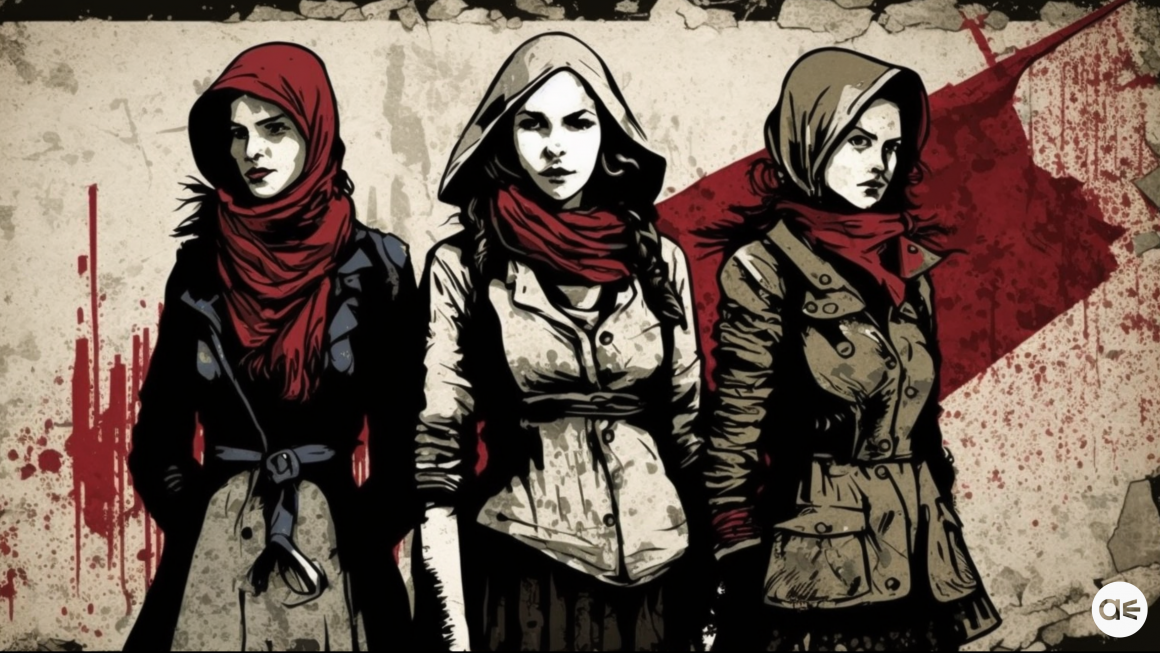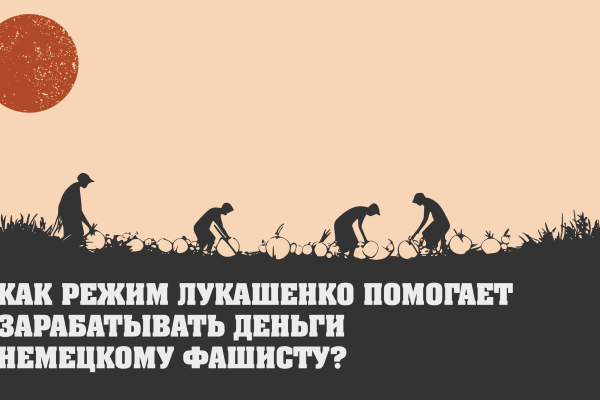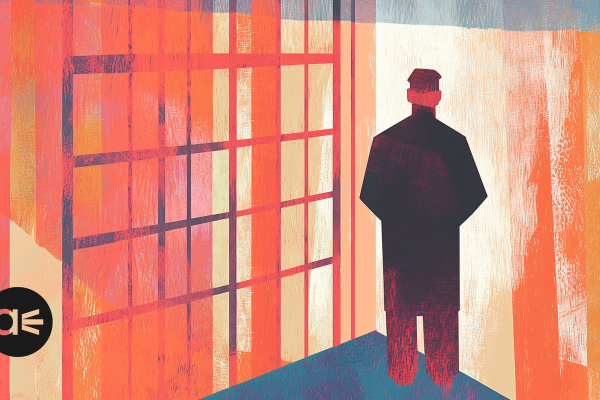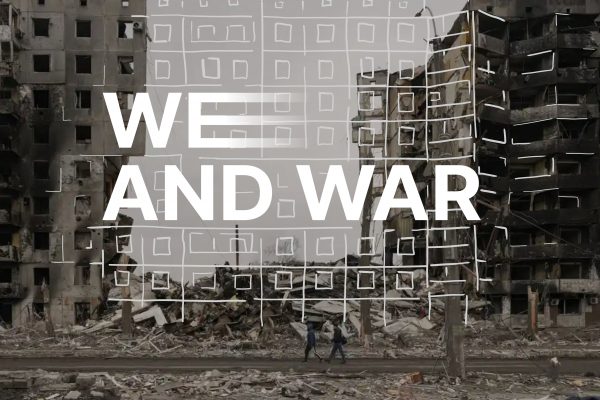Today we interview Sveta, an anarchist activist who was involved in organizing women’s marches in 2020. The conversation with Sveta is an attempt once again to draw attention to different sides of the protest movement, and in these difficult times to remember that women played an extremely important role in the uprising against the Lukashenko regime.
Pramen: Sveta, can you start by telling us a little about yourself for our readers? What were you doing before August 2020? In what format were you involved in the anarchist movement, and why did you choose anarchism out of all the political camps?
Sveta: It’s very simple for me, my teenage subcultures got me into anarchism 🙂 When I was in high school my friends and I got acquainted with local punks, there were a lot of anarchists and anti-fascists in their community. That’s how it went. At first I was studying the history of the skinhead movement, all the values about respecting people around you, not judging people by the color of their skin and the color of their passports, helping those who are weaker than you. In 2010 I went to Minsk to study, and I was looking for the same kind of community. In Minsk, it seemed to me, it was not like in my city: everything was in one pile. In Minsk, everyone was in their own community: anarchists, punks, hardcore, antifa – and then when necessary, at concerts or rallies, everyone met and merged into one. It so happened that I joined the anarchists right away, and I liked that, they were all idealists, they believed in a better world and did a lot of things, not just talked about. So I studied and worked and was active in feminism and anarchism until 2020, and then I was sentenced to short term arrests several times before the summer of 2020, when I decided that I needed a break from the hustle and bustle.
P: So in the summer of 2020 you decided that you needed to take a break from activism, and the result was women’s marches? Did you participate in protests before the women’s marches, and if so, in what form?
S: Yes, I decided that I wouldn’t go anywhere because I’d already seen it: a few people would come out, they’d lock us all up for 24 hours, and in five days everyone would forget about it except the human rights activists. On August 9 I did not go anywhere, but from 10 I was actively involved in everything I could.
I don’t know if I believed that this time we would be able to overthrow the dictator. I wanted to be involved in the help and protests, I knew that I will never forgive myself if I do not go out. And, in fact, there was never even a thought in my mind that I would not get out when things started to take on such proportions. It wasn’t that I didn’t want to go out because I knew we were going to jail for some days, because I had that experience and it scared me. It’s just that at that time I somehow had no moral strength at all in life, you could say that there was a burnout.
P: What was your reaction to the state violence in the early days of the protest? How did the idea of organizing a women’s march come about, and how was the format for the action determined?
S: I remember only anger and pain from the reactions, that no one deserved such treatment.
At first, a group of activists and some other people (they weren’t anarcho-activists) decided to do “Komarovka,” as a response to violence, through a telegram chat. Because the state patriarchy at the time could not bash women so openly. I’m sure there was hell going on at Okrestino for any gender. But publicly, beating women with flowers in white dresses like that, “he” would not have dared. Women’s “Komarovka” stirred up a wave of women’s actions across the country. The telegram chat about “Komarovka” was deleted for security reasons the very day after the action, or maybe even earlier. But after that, a wave of women’s action chat rooms started. There were a few big ones, about three or four, and a lot of local, small ones, up to 100 women. It seemed to me then that this was just a well anarchist approach, everything was very horizontal.

Then, on August 13, I decided to create a telegram channel GIRLS POWER BELARUS in parallel to the chats that were there. Because my anarchist experience told me to do it all just a little bit safer, despite the feeling of “we’re about to win” and “what are we doing that’s so dangerous”.
So I helped out with the chats to publicize some women’s local actions in the district, and I also ran a channel to get women’s news about the protests. I’ve always wanted to create something like that, because I already had experience with Telegram channels and I liked this platform for such projects.
At some point, after a small number of days, I thought I needed to find the women who were doing the Komarovka chat and the whole organization. I wrote on the channel that I was looking for them – we corresponded and they told me they had an idea for marches. I suggested to them that it would be cool to do announcements on the channel, and that I could help with PR.
So the marches began. As I recall, they were as an alternative to the traditional Sunday marches. After Komarovka, I wanted to show that the female voice had an extension. For me, the Komarovka was that we were coming out for those who had suffered greatly at Okrestino, mostly men. I heard that many came out for a husband, for a brother, for a friend, for a partner. And the marches were women coming out for themselves.
The first march was historic, very different women came out: feminists, activists, non-feminists and non-activists, and all were united by the idea of showing themselves, their voice, their message. It was beautiful, women supported women regardless of their views.
We had a very horizontal organization inside the marches: we consulted, we criticized openly and honestly, we created ideas, we all had our own functions, and at the same time these functions were taken up by other women if they needed help. I remember this time fondly, even though we were not close with all the members of the organizing team.
We didn’t have any leaders :)))) It’s a nightmare for the regime when there are no leaders…
P: Self-organization played an extremely important role in the protest movement as a whole. How was decentralization treated within the movement? Already in August 2020, many people were looking for new “leaders” for the protest. Was the same thing happening within the women’s march group?
S: No, there was no such thing at all: women were not looking for leaders when organizing themselves. I don’t remember this even in the chats, which I had nothing to do with as an organizer. There were times when someone might say I like this person and I like that person as a politician. But that didn’t affect the organization and communication within the group at all.
There were values: women’s voice, against violence, adequacy 🙂





P: The mood changed a lot during the protests. From “we won” to “we have to be more radical”. Some people tried to blame the peaceful women’s protests for the failures, saying that they were an example of what the Sunday marches later became. Were there discussions within your group about this? How did people take criticism and what was done about it?
S: The rhetoric that the women’s peaceful marches prevented the radical liberation of Belarus came much later than the marches, I think in year 22? We weren’t organizing anything at that time, there was no such criticism at the time of organizing.
I personally think that perhaps, if it were not for Komarovka, there would not have been any marches/actions at all: neither radical, nor light. And then, chronologically, the Sunday marches happened, and only then the women’s marches on Saturdays. It pains me, too, that the dictatorship was not destroyed in 2020, it pains me to live in exile, and the number of torture and political prisoners. But that’s no reason to blame anyone for protesting the wrong way. To analyze and draw conclusions that might benefit for the future, yes.
But in general I’m used to it, a woman is always to blame: both that she made the marches, and if she hadn’t, she’s to blame for the fact of her existence.
P: At first there was relatively little repression against women’s marches. Over time, this changed to mass detentions. What was the reaction within the organizing group and the broader women’s community to the repression?
S: We knew it was going to happen. We just didn’t know how soon. At one of the marches the women broke through the ranks of the OMON and went wherever they wanted, not listening to their instructions and they were not touched. From one of the marches we got a series of pictures of the women walking very nicely and smiling into the vans. It was inspiring for sure.
The reaction itself, to be honest, I don’t remember the repression at all. Sadness, stamp, longing, rage – some mixture of such feelings. Maybe I don’t remember it yet, because they came for me at that moment, I managed to leave the country, and it was something I in my naivety had not expected in any way. Political emigration from the country so as not to go to jail in a criminal case was the last thing I thought about, and one of the first things I encountered. Marfa Rabkova had just been jailed.
I left and fell into a wild melancholy, got out of all chats for a while, came to my friends in another country and lay on their couch for a week with tears pouring out of my eyes. That is, I was not crying my eyes out. And I read the news, how every day more and more were taken away for short term arrests, for felonies. I remember the endless pain, even now I say it and the tears roll up. So I was going through a personal hell and I just forgot what was being said around me.
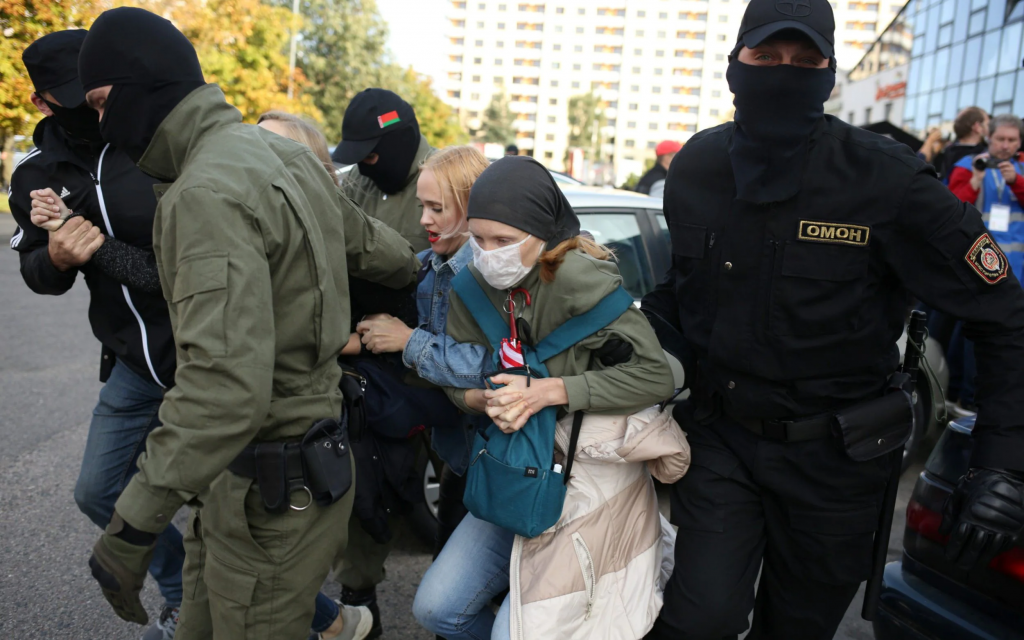
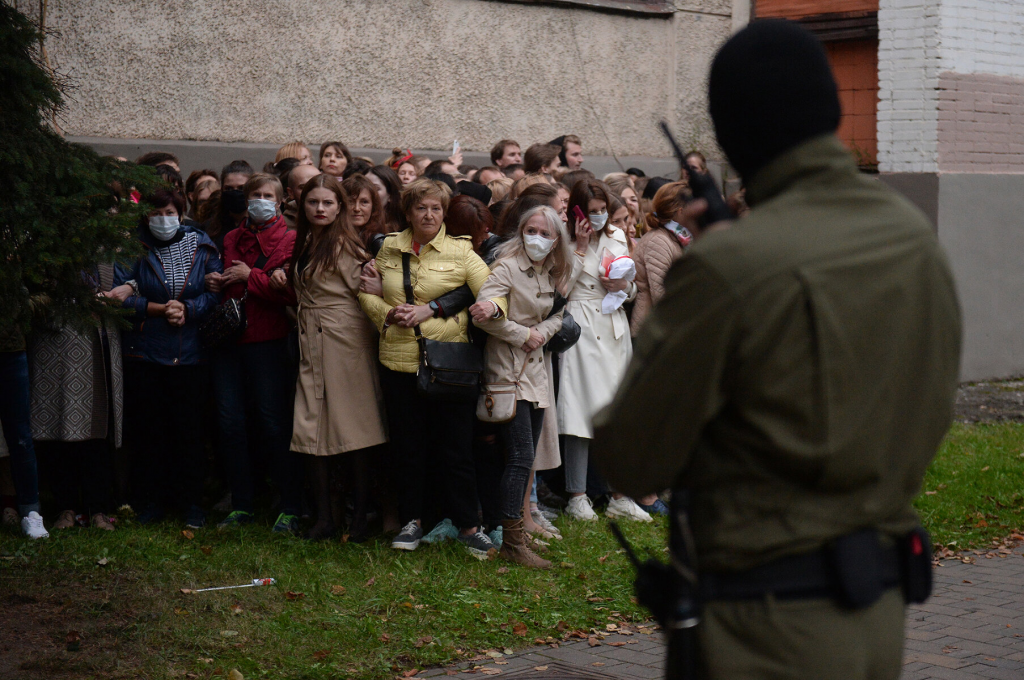
P: After all this time, have any organizational structures survived and how do you assess the work of the women’s movement as a whole during this period? What was good and what was not so good?
S: Now there are no organizational structures left as they were. But they are essentially unnecessary. Of the good things, GPB’s telegram channel became a media project, ran from August 13 to the present day, did several campaigns to help women and produced a lot of news and positions with feminist criticism.
I think we worked very well together in that period and did a great job in a short amount of time.
What would I have changed? I probably would have done things on an even larger scale. But that’s me speaking from the experience I have now.
Of the good and the bad at the same time: we do not and have not had a public face, a spokeswoman who could comment and show more political and feminist or just women’s bias and the meaning of the actions. So the meaning was interpreted by whoever wanted it.
P: How do you assess the role of women’s participation in the protests in general? What would you say to those who keep trying to attack the women’s marches from the position that they were too peaceful and so on?
S: Certainly the women’s protest has gone down in history. In my opinion, the women’s protests were able to prolong the protests in the streets. As I said, women couldn’t be beaten or arrested so publicly at first, and while they were deciding what to do about women’s marches and how to repress them, women came out and took to the streets. Women had the right to express themselves the way they wanted: peacefully or aggressively. They did it in different ways, no one dictated the rules of the game. I remembered a quote from a colleague of mine: “The organization of women’s marches was a solidarity of Belarusian women, a grassroots resistance which was not managed and not controlled, not by certain women, not by the Belarusian authorities”.
Women’s marches were able to unite women, different women, all those who understand that patriarchy is not an abstract concept, but the reality we are experiencing. Women made up a large part of the participants in the mass rallies and protests, and their voices and ideas were listened to by everyone, everyone had to listen 🙂
The women’s marches showed me personally that we have many women who share feminist values, but do not call themselves feminists yet, and this is an important beginning for change, too.
Can we imagine now that women’s marches and actions would not have happened in the past and what would be the outcome? Lots of other different protests, but no women’s protests. I think if society was ready for active and radical action, there would have been some. Well somehow I don’t see a crowd of radical organizers and potential participants saying they didn’t come out just because of us.
P: The last question will not be easy. Why didn’t the regime die in your opinion in 2020? It is clear that books and dissertations are written about this, but in a nutshell.
S: I go over the different answers in my head, and I cannot latch on to one thing in particular. Maybe because the whole country rebelled for the first time and lacked experience. Maybe because many people who were against the regime did not take to the streets anyway. Maybe because we have a lot of fucking cops in the country. Either way, it’s not over yet.
